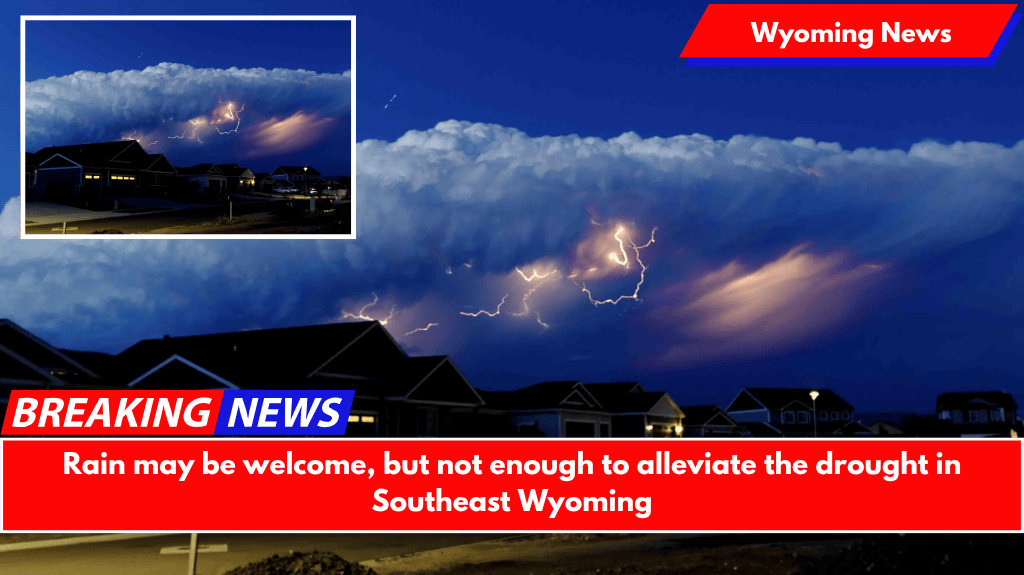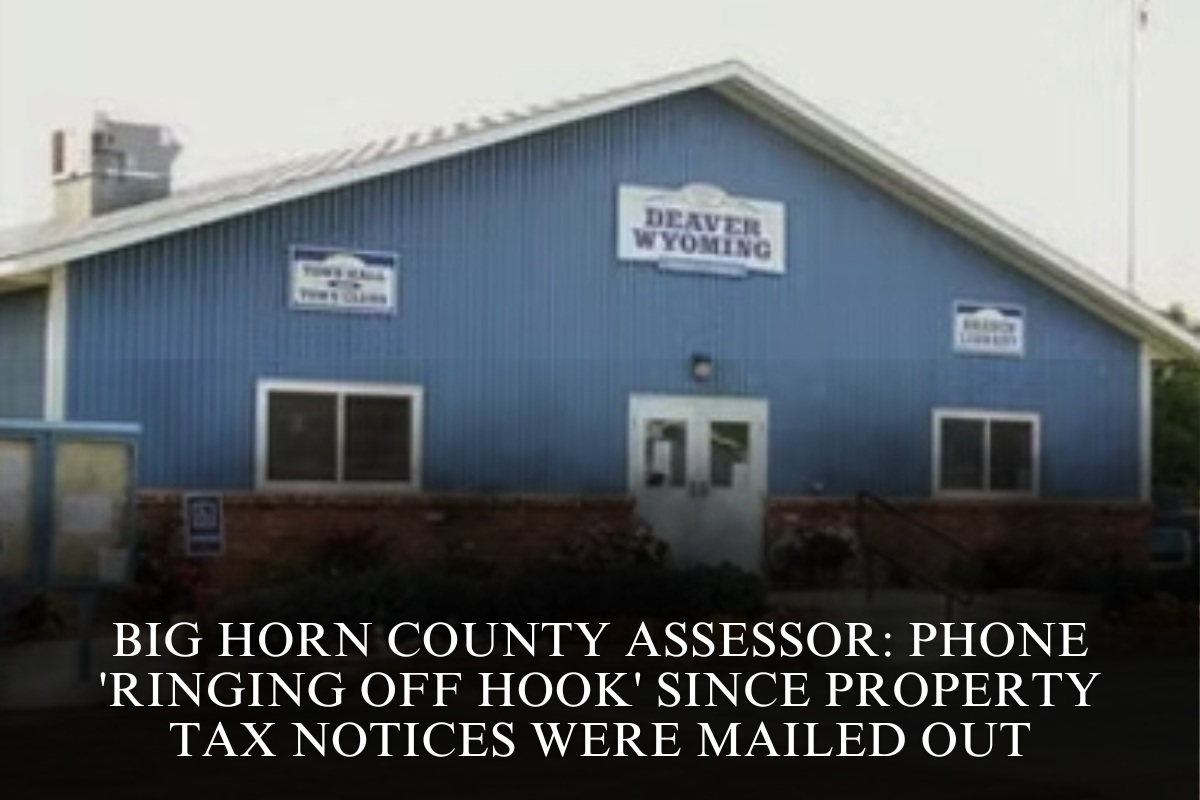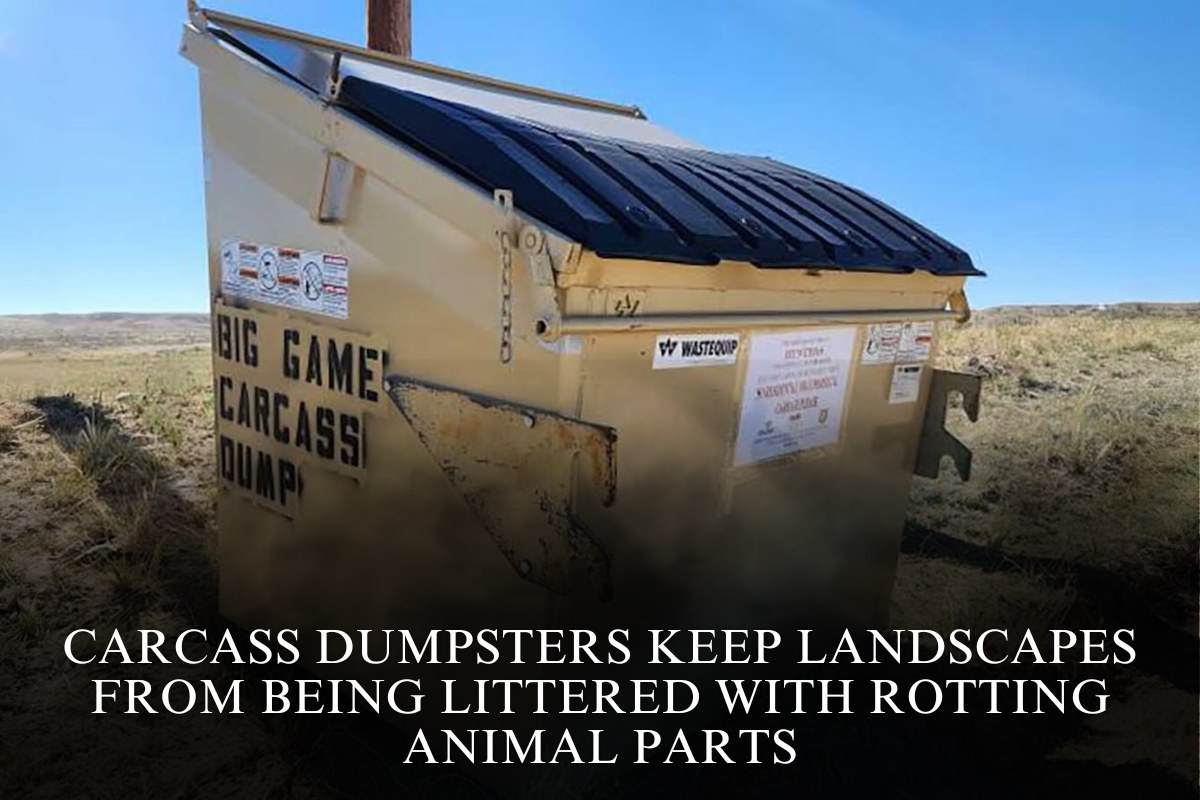May showers are expected to bring June flowers to southeast Wyoming, but an ongoing drought deficit may or may not be addressed before the wet season ends.
May was a good month for precipitation in southeast Wyoming. Several inches of moisture were reported, with some areas receiving more than the average amount for the month.
However, it was insufficient to end the ongoing drought. June is expected to be cooler and wetter, but ranchers and residents in Albany, Goshen, Laramie, Platte, and Niobrara Counties may need to prepare for a dry summer.
“To use an overused analogy, drought is like eating an elephant,” said Don Day, meteorologist for Cowboy State Daily. “You’ve got to do it one bite at a time.”
Good Inches, Good Timing
In southeast Wyoming, March and April were particularly dry months. This exacerbated the already severe drought conditions in Albany, Goshen, Laramie, Platte, and Niobrara counties.
May was better in all five counties.
“Albany, Goshen, Laramie, Platte, and Niobrara Counties got between two and four inches of precipitation this month,” Day told the newspaper. “The average in May is 2.5 inches. Some areas may have received less or more, but 2-4 inches sums it up.”
Steve Rubin of the National Weather Service Office in Cheyenne reported that the city received 1.66 inches of precipitation in May.
“It’s been cooler and wetter than normal in Cheyenne,” he told me. “We’re still running a little below normal for May, which is usually the wettest month of the year.”
Still, Rubin described the current situation as “dire.”
“May was pretty good, and things are definitely looking better than they did in March and April, but we need to get some moisture down here.”
Fourth Quarter Hail Mary
Day described the drought in southeast Wyoming as “significant,” but added that the timing of May’s moisture could not have been better.
“The timing of the rain was excellent,” he told me. “To use a sports analogy, we were nearing the end of the fourth quarter. Our team needed to pick it up, and that’s what happened.”
Spring weather was not distributed evenly across Wyoming. While rain and snow brought plenty of moisture to western and northern Wyoming, southeast Wyoming was largely dry.
Day described May’s moisture as “a big shot in the arm” heading into June, which is traditionally another wet month for most of Wyoming but also marks the end of the wet season. The moisture received will facilitate any future moisture.
“If the ground is too dry, it gets hard for afternoon thunderstorms to produce much rain,” he told me. “Increasing soil moisture levels in May and June reduces heat and increases the chance of rain in July and August. “You always want spring moisture.”
Drought Dogma
Drought affects every acre, but Wyoming ranchers are particularly hard hit. During droughts, ranchers are frequently forced to make difficult decisions, including leaving the business altogether.
Ogden Driskill, a state senator and lifelong rancher, has had “one of the nicest springs” in recent years at his Crook County ranch, but he is aware that his peers in southeast Wyoming are struggling.
“The rains have been timely, and we’re in the middle of a good year so far, but we’re still 12 inches behind (the average),” he informed us. “But I’ve spoken with several ranchers who haven’t received anywhere near their usual rainfall. The first good rain they received was the day before yesterday.”
During a drought, ranchers can choose to cut their losses or set their herds free to salvage what they can. Ranchers anticipate dry years, but it doesn’t make them any easier.
“There’s been a series of dry years,” he explained, “and when we’re in drought, it appears that we’re selling in a bad market. Selling means you’ll lose half of your revenue in the future, and it’ll be difficult to replace them without further limiting yourself.
Driskill stated that he has sold more than half of his ranch’s cattle in the last 30 years, primarily due to drought. Experienced ranchers can weather the first year of drought with proper planning, such as leaving a year’s worth of hay on the ground to keep their operations running without incurring additional costs. However, the longer the drought lasts, the more difficult it is to endure.
The Silver Living
Fortunately, there’s a silver lining in 2025, and Driskill knows many ranchers are taking advantage of it.
“The cattle markets are at their highest they’ve ever been in history,” according to him. “This time, if the guys want to sell something, the price is reasonable. It’s much easier to make difficult decisions during a drought when you can make good money from what you’re selling.”
Some ranchers may sell their cattle and retire, while others will save for future droughts. Driskill stated that “the good ones” will see the drought through.
“It’s part of their business model,” he told me. “Most of the really good old-time ranches can withstand droughts. If you’re ready, you can easily get through the first year of drought.
Despite the drought, Driskill knows that many ranchers maintain a high head count. The ground may be dry, but the market is awash with potential profits.
“It’s a really, really fun time to be in the cattle business right now,” he told me.
Are you having a good June?
May’s moisture was helpful, but June still had a lot of dry ground to cover. Can this be done?
Possibly. Both Day and Rubin said the June precipitation forecast is promising, but it may not be enough to end southeast Wyoming’s drought.
“Next week looks like another wet pattern, especially on Monday and Tuesday, but we have a good chance for some wetting rains throughout the week,” according to Rubin. “It might not be significant moisture, but we should be able to start catching up with the drought.”
According to Day, long-range weather models predict that the first half of June will be cooler than average, allowing for more rain when the storms arrive. Cooler land allows for more rain and better moisture retention, which is critical in defeating drought.
“Trends started to change in May,” he told me. “The southeast corner lacked all of these good rain events. Finally, they had their turn in May.
I’ve seen many times that after a prolonged dry spell, a couple of significant rain events can help turn the tide. So, fingers crossed, we can follow up May with a good month of moisture in June.”
Hope for the best, but prepare for the worst. Rubin cautioned that while any moisture in June will make a significant dent in the drought deficit, it will most likely alleviate but not end the drought.
“June is one of our wetter months as well, so hopefully we’ll start getting into more of a wet pattern,” he told me. “However, a drier, drought-like summer would be a good forecast for southeast Wyoming.












